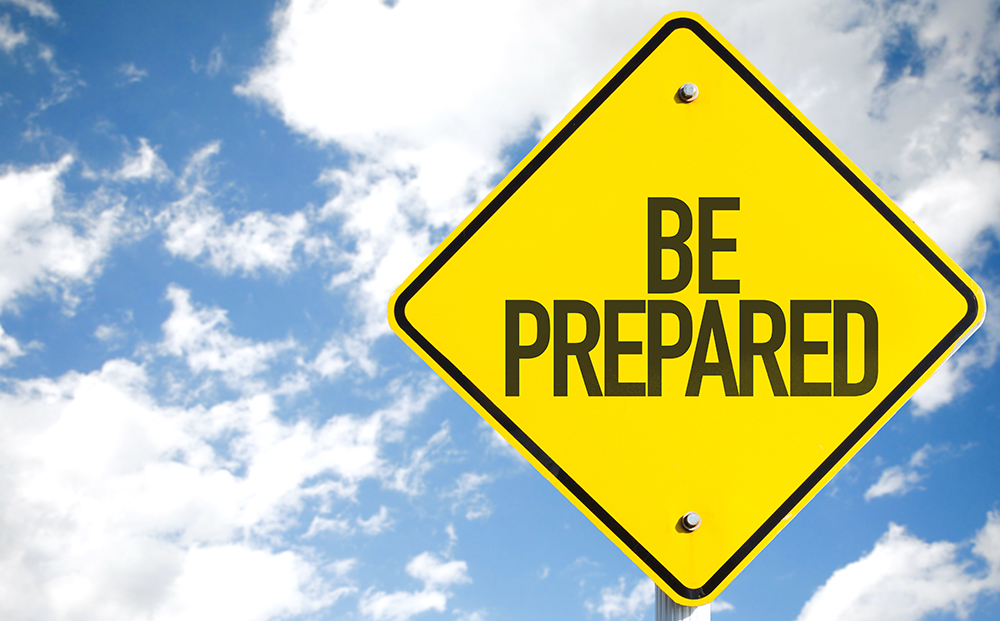Workplace emergencies are unpredicted circumstances that endanger employees, customers or the public. Emergencies may be natural or manmade.
The appropriate way to deal with workplace emergencies before and after it happens is one’s response to such situations, which we can call EMERGENCY ACTION. An emergency action plan encompasses designated actions employers and employees must take to ensure employee safety from work hazards.
In commemoration of April 28th, the International World Day For Safety And Health At Work, we are looking at first aid safety for workplace emergencies. Companies may find it beneficial to include their management team and employees in the learning process.
What is the overall objective of the plan?
An emergency plan specifies procedures for handling sudden or unexpected situations. The objective is to be prepared to:
- Prevent fatalities and injuries.
- Reduce damage to buildings, stock, and equipment.
- Protect the environment and the community.
- Accelerate the resumption of normal operations.
Development of the plan begins with a vulnerability assessment. The results of the study will show:
- How likely a situation is to occur.
- What means are available to stop or prevent the problem.
- What is necessary for a given case.
CPR: the emergency action to save a life
Let’s not digress further and dive into an emergency action employees or employers can use for a workplace emergency.
When a person suffers from Sudden Cardiac Arrest, cardiopulmonary resuscitation (CPR) is a sequence of rapid procedures performed to restore the flow of oxygenated blood to the brain and organs (SCA). The person could die or suffer irreversible brain damage if the flow of oxygenated blood to the brain is not restored within a few minutes
When to perform CPR
A person might need CPR if they stop breathing in any of the following circumstances:
- a cardiac arrest or heart attack
- choking
- a road traffic accident
- near-drowning
- suffocation
- poisoning
- a drug or alcohol overdose
- smoke inhalation
- electrocution
- suspected sudden infant death syndrome
Perform CPR only if the adult is not breathing or if the child or infant is not breathing properly and their blood is not circulating. This is why it’s crucial to be sure the person isn’t responding to vocal or physical calls for help before beginning CPR.
Steps to take to perform CPR
To begin, dial 112 or 767.
First, look about for things that could endanger you, such as traffic, fire, or falling masonry. After that, examine the individual. Do they require assistance? “Are you OK?” tap them on the shoulder.
Before performing CPR, call the emergency number or ask a bystander to do so.
Step 2: Lie the person down on their back and clear their airway.
Kneel beside the person’s chest and delicately place them on their back. Raise their chin and tilt their head back slightly.
Check for any obstructions in their mouth, such as food or vomit. If there is a loose blockage, remove it. Attempting to grasp it if it is not loose may drive it farther into the airway.
Step 3: Look for signs of respiration.
Listen for no more than 10 seconds with your ear adjacent to the person’s mouth. Start CPR if you don’t hear breathing or only hear intermittent breaths.
Do not administer CPR on someone unconscious but still breathing. Instead, put them in the recovery posture if they don’t appear to have a spinal injury. Maintain a close eye on their respiration and administer CPR if they stop breathing.
CPR steps
Use the following steps to perform CPR:
Step 4: Compress chest for 30 seconds.
Clasp your hands together with one hand on top of the other. Push firmly and rapidly in the centre of the chest, slightly below the nipples, with the heel of your palms and straight elbows.
Push at least 2 inches into the ground. At least 100 times each minute, compress their chest. Between compressions, allow the chest to rise fully.

Step 5: Perform two deep rescue breaths.
Tilt their head back slightly and elevate their chin to ensure their mouth is clear. Pinch their nose shut, cover their lips with yours, and blow to raise their chest.
Stilt their head if their chest does not lift with the first breath. The person may be choking if their chest does not rise with a second breath.

Step 6: Repeat
Repeat the cycle of 30 chest compressions and two rescue breaths until the person starts breathing or help arrives. If an AED arrives, perform CPR until the machine is set up and ready to use.












